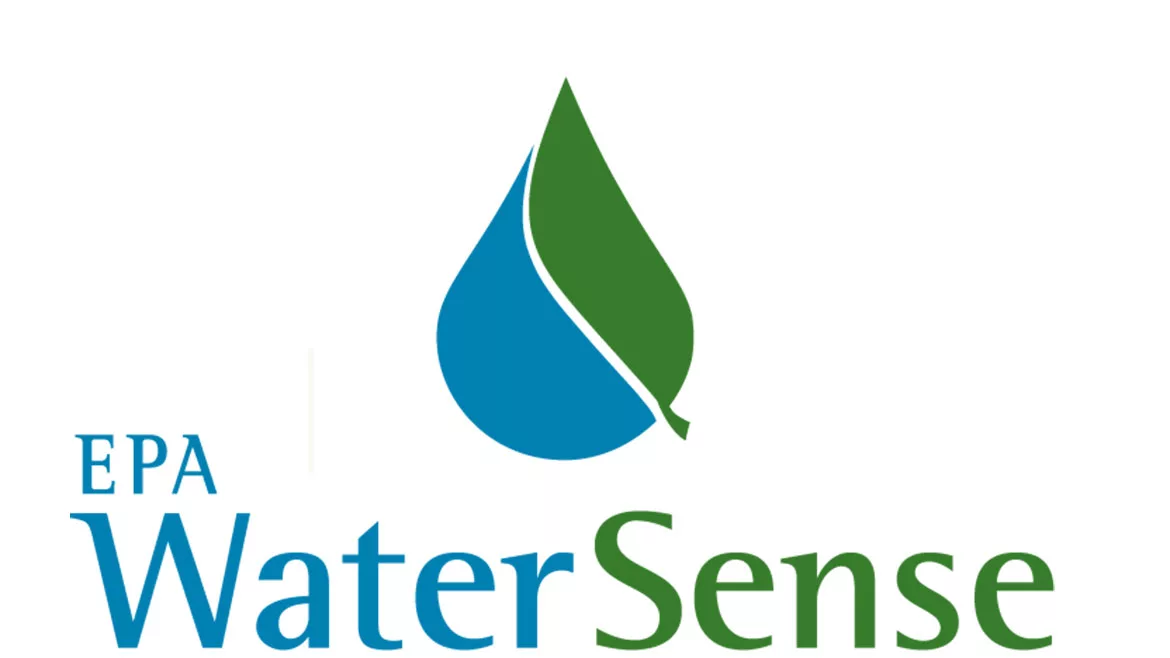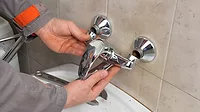Guard on Compliance | Misty Guard
Navigating the Latest WaterSense Updates: What Plumbing Professionals Need to Know About Tank-Type Toilets and Faucets

Image courtesy of the U.S. Environmental Protection Agency (EPA)
The United States (U.S.) Environmental Protection Agency (EPA) champions water conservation through its WaterSense program, a voluntary partnership that helps consumers identify high-performing, water-saving products. The U.S. EPA WaterSense program aims to ensure that WaterSense-labeled products deliver meaningful water savings without compromising performance.
The WaterSense label remains a voluntary product certification, but it carries significant weight in residential and commercial markets, influencing purchasing decisions and rebate eligibility. In 2024, the U.S. EPA completed Version 2.0 of the WaterSense Specification for Tank-Type Toilets, also known as water closets, and started revising the WaterSense High-Efficiency Lavatory Faucet Specification. If you want to delve deeper into U.S. EPA WaterSense specification changes, I recommend checking out my previous article, "The Ramifications of EPA's Revisions to WaterSense Specifications". Recent developments have shifted timelines and program requirements, which require the plumbing industry to stay informed.
WaterSense Specification for Tank-Type Toilets, Version 2.0: Effective Date on Hold
Originally scheduled to take effect on July 1, 2025, the implementation of Version 2.0 of the U.S. EPA WaterSense Specification for Tank-Type Toilets has now been put on hold. This delay means that manufacturers, third-party certifiers, and testing laboratories must pause any actions related to the new specification until further notice.
U.S. EPA published the following notice on its website:
"EPA has paused the effective date of Version 2.0 of the specification. Version 1.2 remains in effect until further notice. The delay will allow EPA to carry out a review of recent actions to ensure that consumer choice and expectations related to performance are being met."
The WaterSense label remains a voluntary product certification, but it carries significant weight in residential and commercial markets, influencing purchasing decisions and rebate eligibility. In 2024, the U.S. EPA completed Version 2.0 of the WaterSense Specification for Tank-Type Toilets, also known as water closets, and started revising the WaterSense High-Efficiency Lavatory Faucet Specification.
Draft Specification for Lavatory, Public Lavatory, and Kitchen Faucets: Also on Hold
In addition to the toilet specification, the U.S. EPA has paused further activities related to the draft Version 2.0 of the U.S. EPA WaterSense Specification for Private Lavatory Faucets. This draft revision aimed to add kitchen and private lavatory faucets to the U.S. EPA WaterSense Program.
U.S. EPA published the following notice on its website:
"As of February 2025, work to develop this specification is being paused to allow EPA to carry out a review of recent actions to ensure that consumer choice and expectations related to performance are being met. EPA is also pausing work towards development of draft specifications for public lavatory and kitchen faucets, as described in the NOI."
As with the toilet specification, the U.S. EPA will notify stakeholders if and when it resumes work on this revision. In the meantime, the current specification remains in effect, and no new compliance actions are required.
Market Surveillance and Continuous Compliance: 2024–2025 Update
In a related update, the U.S. EPA cancelled the 2024–2025 market surveillance requirements for U.S. EPA WaterSense-labeled products. This means that licensed certifying bodies (LCBs) are not required to retest 15% of products during this period, easing the compliance burden on manufacturers. Untested products selected for 2024-2025 market surveillance will be added back onto the list of eligible products for 2025-2026 market surveillance selection. 2024-2025 market surveillance products tested before the U.S. EPA cancellation notice are eligible for submission under the 2025-2026 market surveillance.
LCBs are requested to submit updated product lists eligible for the 2025-2026 market surveillance retesting by September 30, 2025. This step ensures that the U.S. EPA maintains an accurate and up-to-date database of products that could be subject to future market surveillance or specification changes.
This is a good time for manufacturers and private labelers to review product lines and ensure that U.S. EPA WaterSense-labeled products are accurately documented and compliant with existing specifications.
Implications for the Plumbing Industry
These updates carry several implications for the plumbing industry:
- Stay Informed: With effective dates and revisions on hold, the plumbing industry must monitor U.S. EPA announcements and updates. Subscribe to U.S. EPA newsletters to stay ahead of changes.
- Inventory Management: Manufacturers and private labelers should evaluate inventory and plan product transitions for dual-flush toilets with full-flush volumes over 1.28 gallons per flush (gpf).
- Customer Communication: Manufacturers, private labelers, and retailers should be prepared to explain these changes to customers, especially those seeking U.S. EPA WaterSense-labeled products for rebates or green building certifications.
- Documentation and Reporting: LCBs, manufacturers, and private labelers must ensure the timely submission of products for market surveillance retesting eligibility. Even with surveillance paused, accurate documentation remains essential.
Looking Ahead
The U.S. EPA WaterSense program continues to evolve, reflecting advances in technology and water conservation. While the current pause in implementation and surveillance offers temporary regulatory relief, it also presents an opportunity for the plumbing industry to prepare strategically. By staying engaged with the U.S. EPA's updates and maintaining high product performance and documentation standards, the plumbing industry can ensure it remains compliant and competitive in the U.S. market.
For those looking for customized analyses or monitoring, call us at Regulosity. Our team specializes in detailed and personalized assessments to help you navigate and engage with the regulatory framework complexities.
Looking for a reprint of this article?
From high-res PDFs to custom plaques, order your copy today!








